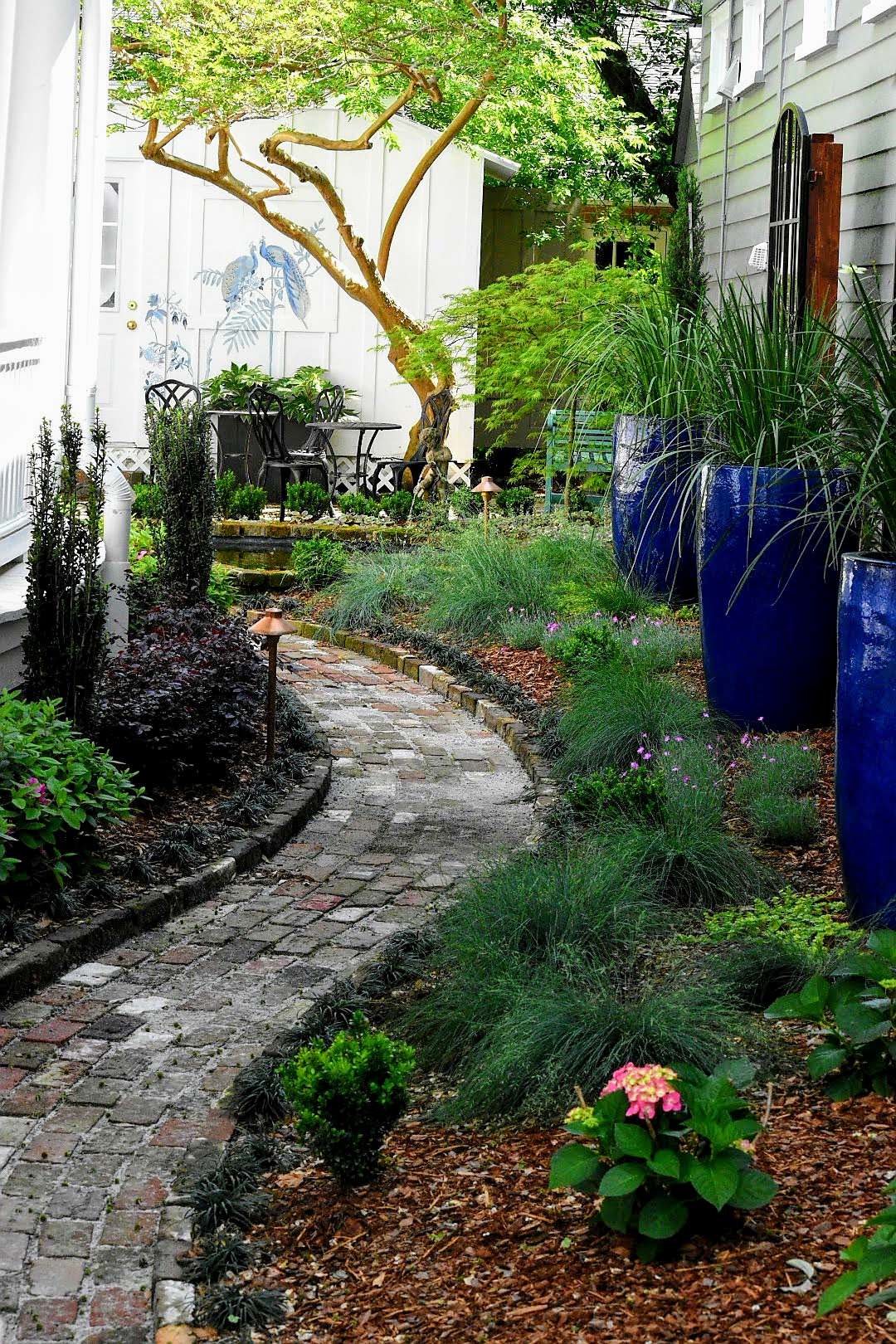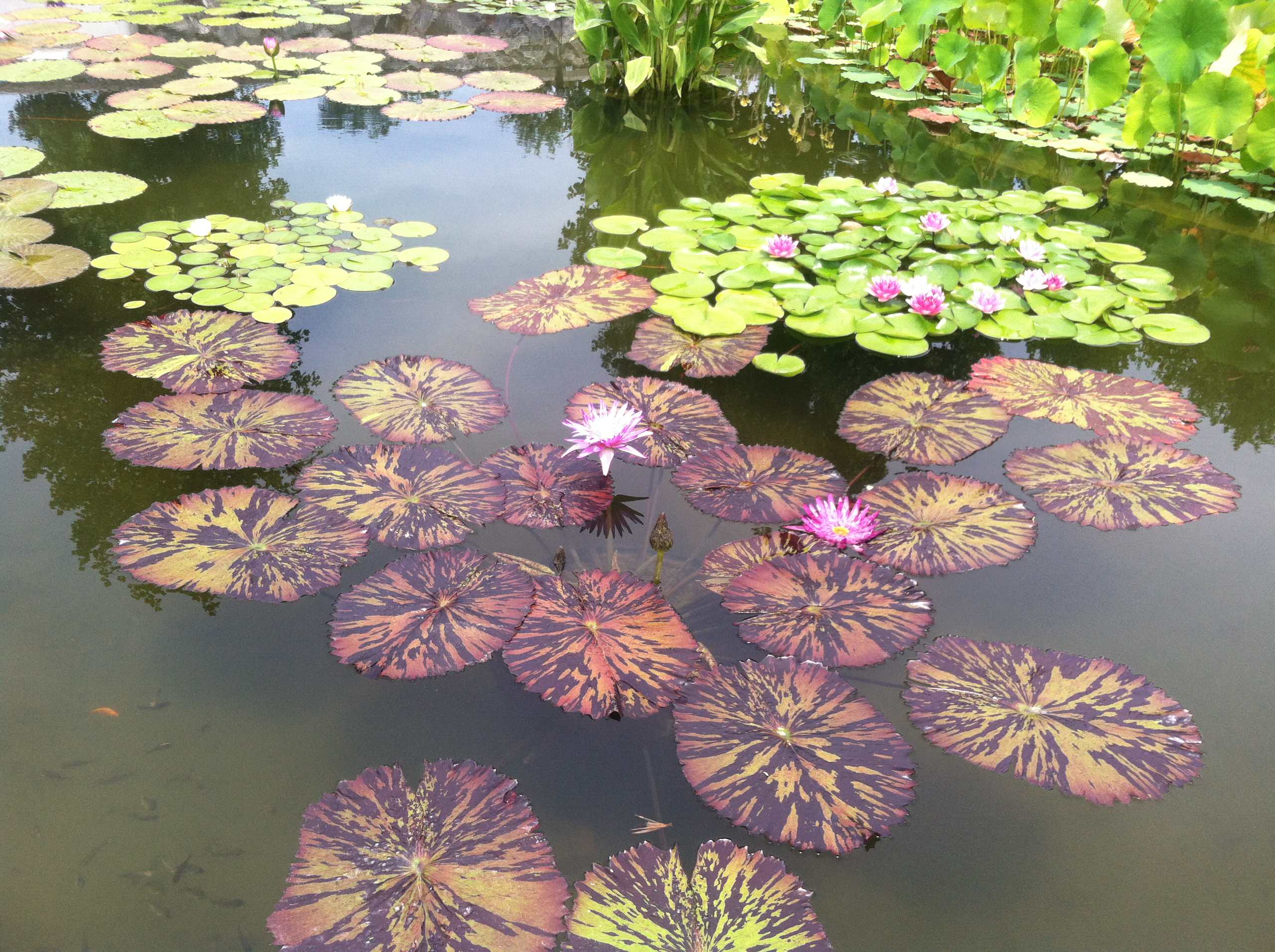Imaginative Landscape Designer for Distinct and Useful Outside Rooms
Imaginative Landscape Designer for Distinct and Useful Outside Rooms
Blog Article
The Function of Yard Layout in Promoting Sustainability and Biodiversity
Garden layout is increasingly identified for its possible to foster sustainability and improve biodiversity within metropolitan and rural landscapes. By focusing on native plant species and using water conservation techniques, designers can create settings that not just flourish yet additionally require very little chemical intervention.
Relevance of Native Plants
Stressing the use of indigenous plants in garden design is important for promoting eco-friendly balance and sustainability. Native plants are those that normally happen in a specific region and have adjusted to the local environment, dirt, and wildlife. Their unification into gardens sustains regional communities by giving habitats and food resources for native pollinators, birds, and various other wildlife.
Furthermore, native plants are normally more resistant to neighborhood insects and conditions, decreasing the demand for chemical pesticides and fertilizers. This resistance not just minimizes environmental influence however additionally lowers maintenance prices for gardeners. Native plants usually require less water than non-native types, lining up with sustainable horticulture practices and decreasing the pressure on regional water sources.
Water Preservation Techniques
Including native plants not only improves biodiversity however likewise plays a considerable duty in water conservation within yard designs. Native species are adapted to neighborhood climate conditions, calling for less water than non-native counterparts. Landscape Designer. This characteristic minimizes the need for watering, saving both water sources and power
Additionally, executing rainfall gardens can capture and filter stormwater runoff, promoting groundwater recharge while lessening erosion. These yards utilize indigenous plants that flourish in wet problems, properly managing excess water while developing varied habitats.

One more effective technique is making use of permeable paving materials in paths and patio areas, permitting rain to penetrate the ground instead of escaping. This advertises dampness retention and lowers the need for watering.
Lastly, mounting a rain harvesting system can significantly add to water conservation initiatives. Accumulating and saving rain for garden use encourages sustainable techniques and decreases reliance on community water sources (landscape designer near Folly Beach South Carolina). By integrating these strategies, garden layouts can efficiently advertise water preservation while sustaining environmental wellness
Reducing Chemical Usage
While many garden enthusiasts look for dynamic and healthy and balanced plants, decreasing chemical usage is vital for promoting a lasting community. The dependence on artificial fertilizers and pesticides can lead to dirt destruction, water contamination, and a decrease in valuable insect populations. By embracing natural horticulture practices, garden enthusiasts can boost the health of their landscapes while promoting biodiversity.
One reliable method is to use garden compost and natural modifications, which enhance the soil naturally and improve its framework. landscape design near West Ashley South Carolina. These techniques not only improve plant health and wellness yet also minimize the need for chemical plant foods - Landscape Designer. Executing incorporated pest monitoring (IPM) strategies further reduces chemical inputs by urging all-natural predators, such as ladybugs and parasitical wasps, to regulate pest populations
Furthermore, choosing indigenous plant varieties can considerably minimize the demand for chemical treatments, as these plants are much better adjusted to neighborhood conditions and are more resilient against bugs and diseases. By focusing on lasting techniques, gardeners can produce thriving atmospheres that sustain both plant wellness and ecological community stability, eventually causing yards that are not only attractive yet additionally ecologically liable. Reducing chemical usage is an important action in cultivating yards that recognize and boost the environment.
Developing Wild Animals Environments
Developing dynamic wildlife environments within gardens not just boosts biodiversity yet additionally enhances lasting horticulture techniques intended at decreasing chemical use. By including native plants, gardeners can provide essential resources such as food and shelter for numerous varieties, including birds, bugs, and little mammals. Native plants are well-adapted to regional problems, requiring less water and fewer chemical inputs, hence lining up with sustainability objectives.

Maintaining a naturalistic strategy, which might consist of leaving some areas wild or uninterrupted, allows for the natural processes of environments to thrive. This practice encourages the presence of useful pests and pollinators, which play a crucial duty in the health and wellness of both gardens and surrounding settings. In general, creating wild animals environments is an essential aspect of sustainable garden style, promoting eco-friendly balance and resilience while improving the beauty and functionality of exterior rooms.
Area Interaction in Horticulture
Area engagement in gardening promotes a sense of belonging and cumulative duty, changing private horticulture initiatives into common efforts that profit the whole area. By involving area participants in gardening projects, we can cultivate not only plants but also connections and socials media. Regional yards work as vital rooms for education, where individuals of all ages can find out about lasting techniques, biodiversity, and ecological stewardship.
Collective horticulture efforts, such as neighborhood yards, advertise the exchange of understanding and resources, making certain that all individuals can contribute and profit. This inclusivity enhances area strength, as participants interact to get over difficulties such as food instability and ecological deterioration. Furthermore, area gardens can work as platforms for cultural expression, permitting individuals to share their heritage through varied planting and gardening techniques.
In addition, involving the neighborhood in horticulture initiatives can lead to boosted recognition of neighborhood environments and the relevance of biodiversity. By working collectively to style and maintain these areas, homeowners foster a common dedication to sustainability, creating a lasting effect on both the atmosphere and area cohesion. Ultimately, neighborhood engagement in horticulture is an effective tool for advertising ecological stewardship and improving the lifestyle within communities.
Final Thought
By highlighting the visit here use of indigenous plants, carrying out water conservation techniques, and lessening chemical inputs, gardens can properly sustain regional communities. Jointly, these methods not only enrich the charm of rooms but likewise advertise environmental equilibrium, making yard style an essential element in the search of a lasting future.
Report this page